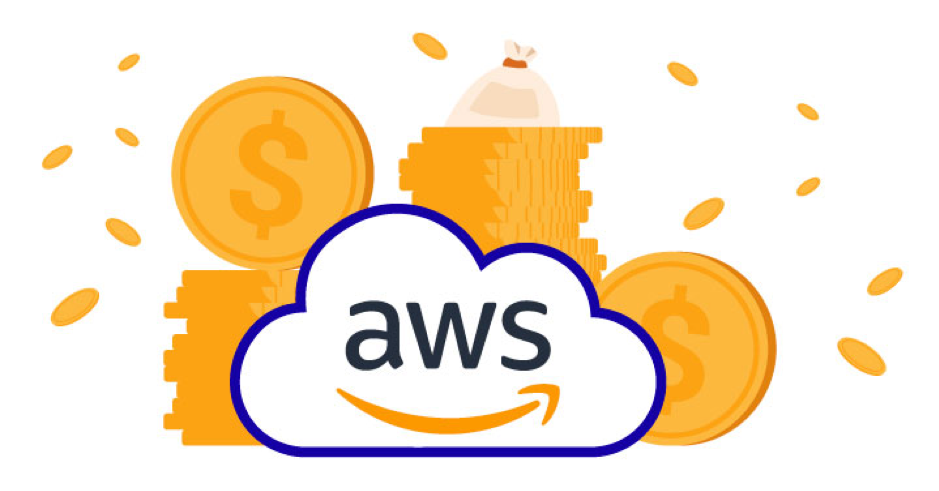Contents
Nowadays, enterprises rely on cloud services such as Amazon’s Web Services to run business as usual. However, managing the cost presents a straightforward dilemma of a fair number of benefits. In this post, we’ll talk about what AWS billing is all about, the crucial information needed for cost reduction and more. We shall also examine some common impediments faced by many people and methods to cut costs. We will also look into two such tools, too.
Understanding AWS Billing and Cost Management
In order to optimize costs in AWS, understanding the billing system is everything. The way it works, you only pay for what you use. It sounds simple and cheaper, but if not managed well you could find yourself getting charged more than needed.
Cost Allocation and Accountability
The benefits of AWS are numerous. However, one of the most advantageous aspects of it is its comprehensive and detailed billing reports. It’s just like getting an in-depth report card on how you spend money. Because of this, all those hard-to-allocate overhead costs can be done with ease. Not only does it result in cost-effective management but it ensures that you’re using resources optimally.
Common Challenges in Managing AWS Expenditure
Lack of Visibility
People always have a hard time with AWS cost optimization and can’t find where they save. Which makes it impossible for cost reduction.
Resource Overprovisioning
In the business world, it’s common to be generous with spending. However, it’s important not to go overboard when you have ample resources. Allocating excessive funds can result in wastage. It’s crucial to assess how much of something is actually necessary, particularly if it comes at a higher cost.
Best Practices for Smart AWS Spending
To effectively manage AWS billing and optimize costs, it’s crucial to explore cost optimization solutions like Finout. This innovative ERP system is specifically designed to cater to the requirements of modern organizations, providing comprehensive insights into costs and their underlying factors. With features like real-time expense tracking and predictive analysis, businesses can make informed decisions regarding their AWS spending.
Cost Explorer is a highly valuable tool provided by AWS. It offers crucial insights into your spending and usage within the platform, allowing you to gain a better understanding of where costs are being wasted and identify areas that can be optimized. Armed with this data, you can make informed adjustments to save costs while ensuring efficient resource allocation.
Setting Up AWS Budgets
A helpful strategy is utilizing a feature called AWS Budgets. This feature allows you to effectively manage your spending by setting limits and receiving notifications when you are approaching or have exceeded them. It’s a proactive approach to maintaining control over your costs.
Leveraging AWS Cost Explorer and AWS Budgets
Analyzing Usage Patterns
With AWS Cost Explorer, you have the ability to analyze your past usage patterns. By identifying trends and peaks in your spending, you can then make informed decisions based on data to effectively optimize your AWS expenses.
Setting Budget Alerts
With AWS Budgets, you have the flexibility to set spending limits for different cost categories. As you approach these budgets, you’ll receive timely notifications that alert you, allowing you to take proactive measures and avoid going over your budget.
Conclusion

If you’re implementing a cloud strategy, it’s essential to effectively manage your spending on AWS. Many people struggle with understanding AWS billing and facing common challenges. However, there are some best practices you can adopt to simplify your efforts. One approach is to utilize tools like AWS Cost Explorer and Budgets. Furthermore, leveraging cost optimization solutions such as Finout can streamline your cost reduction efforts and lead to substantial savings. By following the right approach, you can optimize costs efficiently within the AWS ecosystem and eliminate unnecessary complexities associated with spending in this environment.

